Irabo Tea Bowl by Bunsai Ogawa
Irabo Tea Bowl by Bunsai Ogawa
Couldn't load pickup availability
Width: 12.0cm x 12.0cm Height: 8.0cm
Poetry of the rough soil, skin woven with time - Irabo tea bowl, made by the sixth generation Ogawa Bunsai (Kou)
This bowl is an "Irabo tea bowl" made by the 6th Ogawa Bunsai (Kyo). The surface of the clay has a rough yet warm texture, as if the particles of time were sealed in it. The clay is rich in iron, and the ash glaze from the firing process is slightly seeped into it. The flow of the glaze and the traces of the clay overlap in a complex way, giving the Irabo unique rough beauty and an elegant charm.
The moment we touch this vessel, we are enveloped in the flow of time. The original scenery of the tea ceremony is so vividly alive that we almost feel as if we are being held in someone's hands in a centuries-old tea room.
The origin of Irabo and the lineage of tea pottery
Irabo ware originated from miscellaneous utensils on the Korean peninsula, and was also produced in Japan by potters who came to Japan after the Bunroku-Keicho Invasion in the late 16th century. Its origins lie in Korean "bunseisaki" and "ash-glazed pottery," and it is characterized by a strong texture achieved by the coarse clay and simple glaze.
This simple, rough texture resonated strongly with the aesthetic sense of tea masters such as Sen no Rikyu, and it came to be highly valued as the ultimate in "beauty of utility" or "wabi-sabi." In particular, it is known that Sakai merchant Tsuda Souki and others favored this type of pottery, and there are still surviving pieces that became famous as "Souki Irabo."
The true value of Irabo lies in the fact that it does not seek perfect shapes or gorgeous glazes. It accepts the roughness of the clay itself, the unevenness of the molding, the unevenness of the glaze, and the changes that occur during firing as "natural," and instead finds beauty in them. This poses questions to us as a new aesthetic sense even in the modern era.
"Modern Irabo" spun by Ogawa Bunsai
This "Irabo tea bowl" by the 6th Ogawa Bunsai (Kyo) is a bowl that inherits the traditional Irabo design but is reinterpreted for the modern era using unique techniques and aesthetic sense.
The surface of the vessel is engraved with lines that look as if layers of time have accumulated over time. These are the marks left by the tool used in shaping the vessel on the potter's wheel, but they also function as decoration and give the viewer the impression of natural tree rings. The glaze applied on top is sparse in some places, leaving the clay exposed in others, creating an exquisite balance between chance and intention.
The color of the glaze is not uniform, but rather has a gradation from yellowish brown to deep dark brown, creating an appearance that seems to have memorized the temperature changes and air flow during firing. Earth, glaze, fire - each element shares a moment in this small vessel and is remembered.
The "touch of time" when held in the hand
When you pick it up, you can immediately feel its rough surface in your palm. It's not smooth, but it's not unpleasant. Rather, it has an organic feel, as if the pulse of the earth has been left intact, giving it a sensation not found in other tea bowls.
The base is slightly elevated, exposing the red clay of the base, allowing the viewer to feel the vitality of the clay itself both visually and sensibly. The overall balance is good, it fits comfortably in the hand, and the gentle swaying of the rim creates a softness that seems to change with the user's breathing.
A spiritual vessel that connects the pinnacle of wabi to the present
This "Irabo tea bowl" is not simply a reproduction of a traditional style. Through his own aesthetic sense, Bunsai VI has once again breathed new life into the "Irabo" style in modern times.
Ogawa Bunsai, who has pursued a wide variety of forms and color expressions in exhibitions including the Nitten Exhibition and solo exhibitions, has chosen to take on this simple and strict style. It is a manifestation of his determination as an artist to reexamine "essential beauty" without relying on elaborate techniques or extravagant designs, and it can also be seen as an endeavor to rediscover the value of "wabi" with a modern perspective.
A story told by earth and painted by fire in a bowl
There is something more fundamental about this Irabo tea bowl that goes beyond technique or skill. The breath of the earth, the flow of the glaze, the traces of fire, and the memory of time - all of these are intricately intertwined, but quietly form a world of their own.
It is unobtrusive, unspeakable, and simply there. Yet it gently touches the sensibilities of the viewer, and deeply touches the heart of anyone who holds it in their hands. In that silence, the spirit of the tea ceremony still pulsates.
Through this Irabo tea bowl, you can experience the spirit of "beauty of utility" that has been handed down for hundreds of years.
Even as times change, some things remain constant - feel that certainty in the palm of your hand.
Share





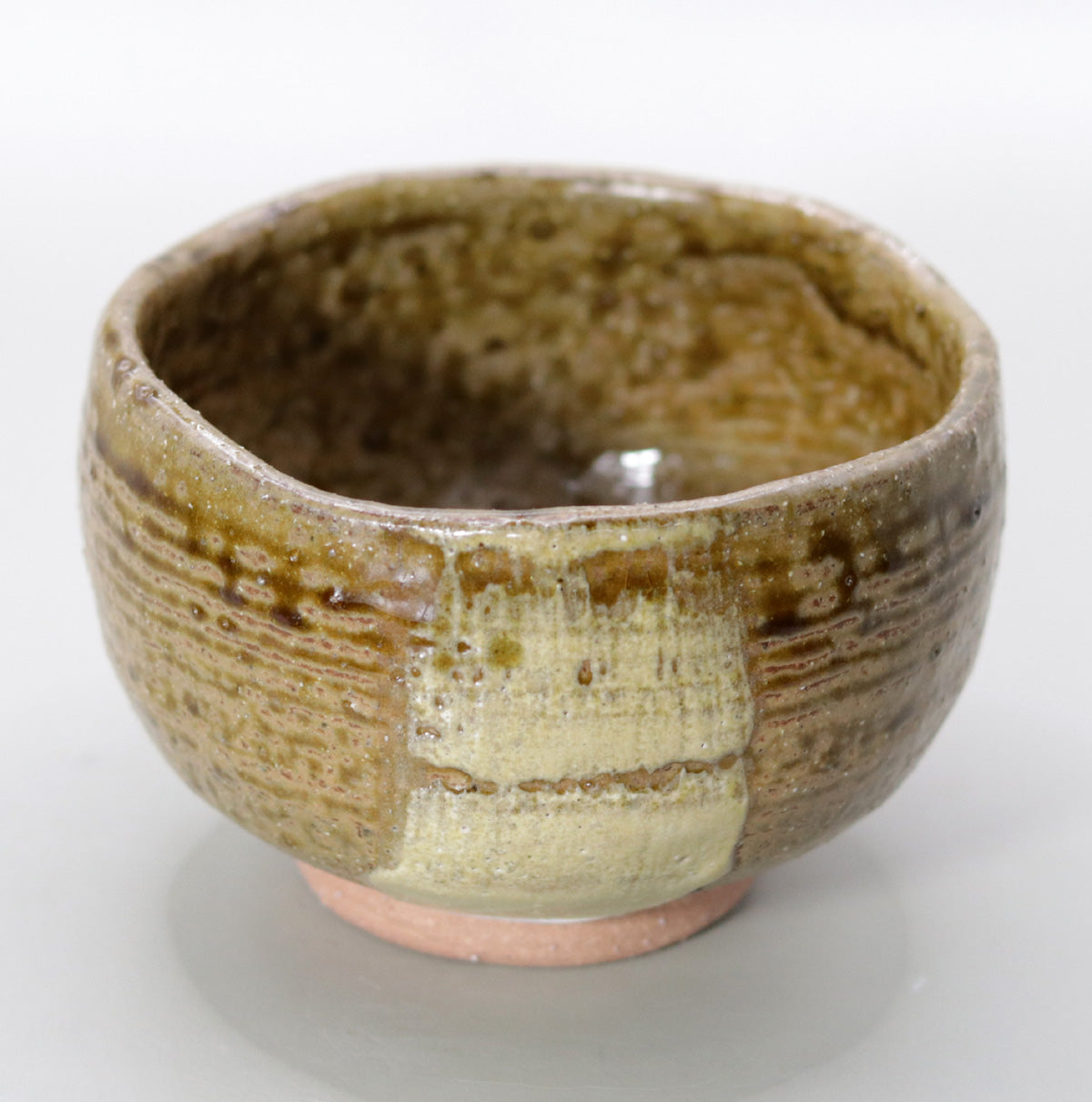
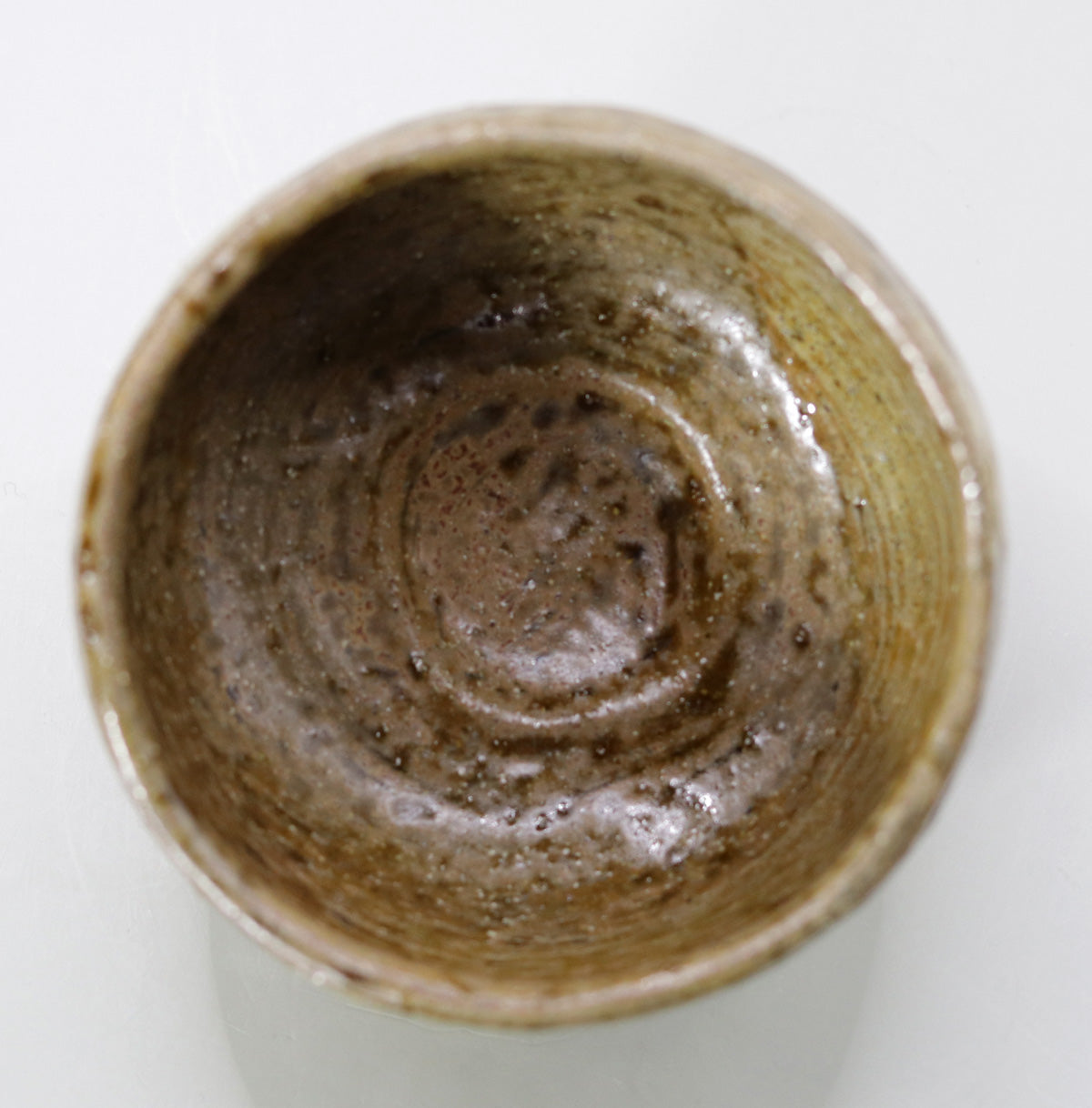
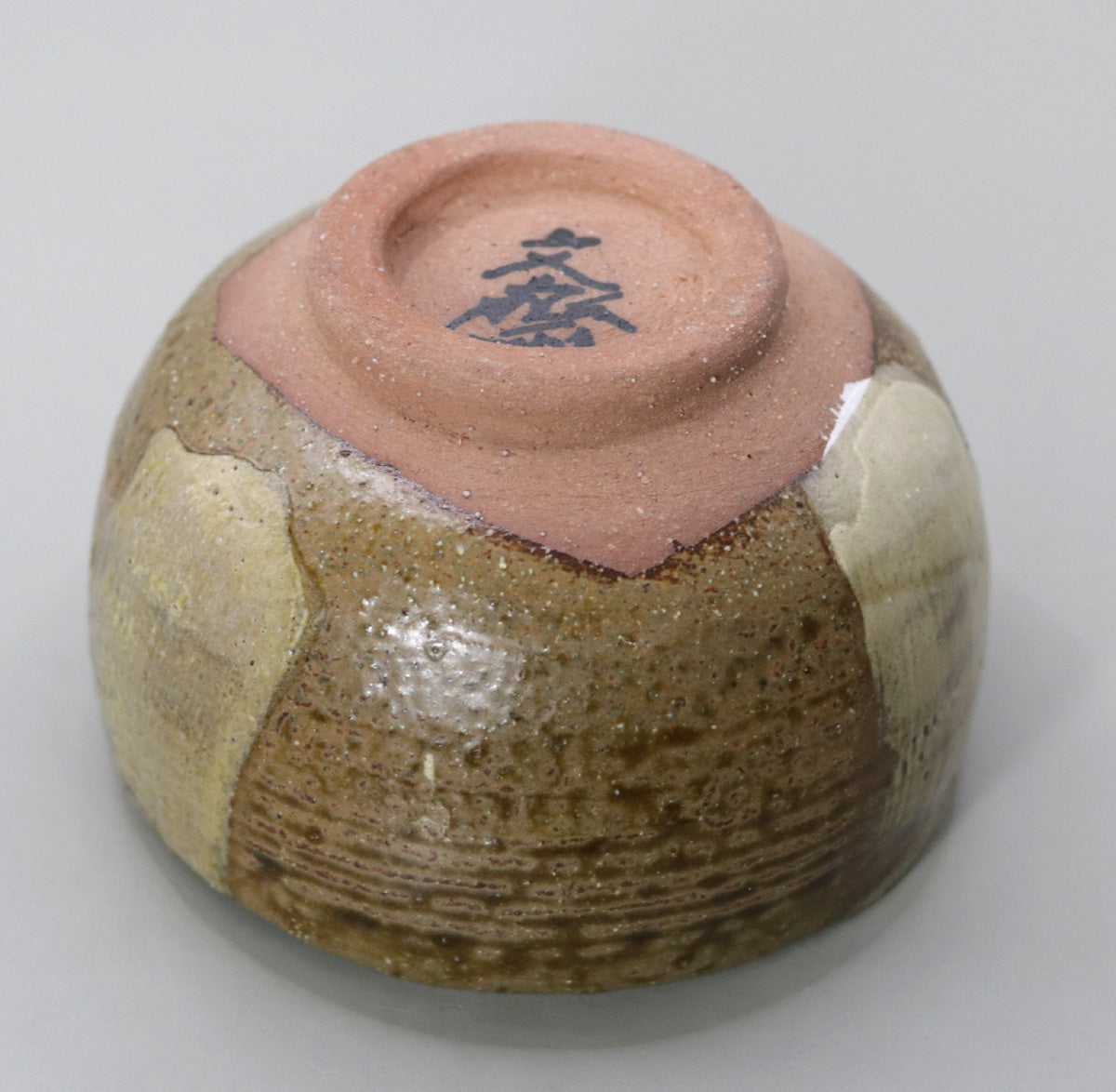
Multi-Column
-
[I will send it to you quickly and carefully]
We carefully package each product in a way that suits it best.
Also, delivery times vary depending on the piece (vessel, etc.).
Items that already come with a box will be shipped within 1-3 days of the order date.
For items that require a box to be made after your order, it will take approximately 30 days for production to be completed and then shipped.
In either case, once we have confirmed your order, we will contact you by email to inform you of the delivery date.
-
[Requests when purchasing pottery]
Even products that look the same may differ slightly in color, shape, size, etc.
The way the glaze is used, the power of the kiln, the firing method, the season, and the humidity also affect the appearance of the pottery.
Please understand the individuality of each piece of pottery and enjoy the unique warmth of handmade.
